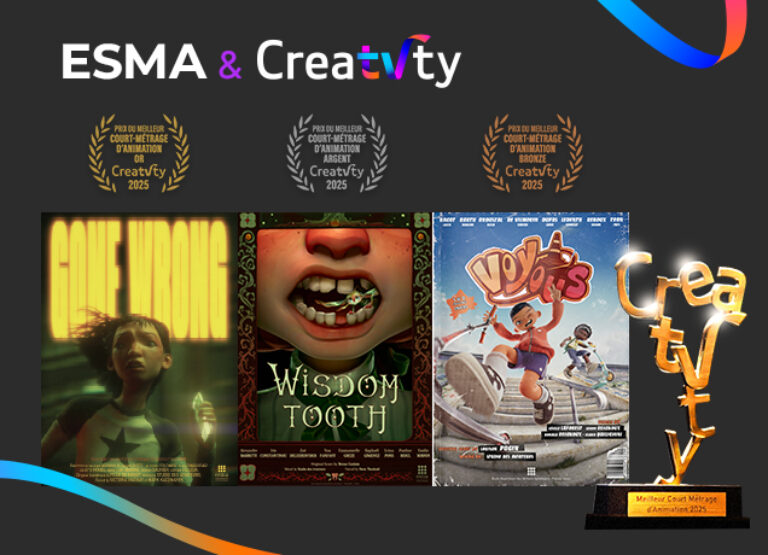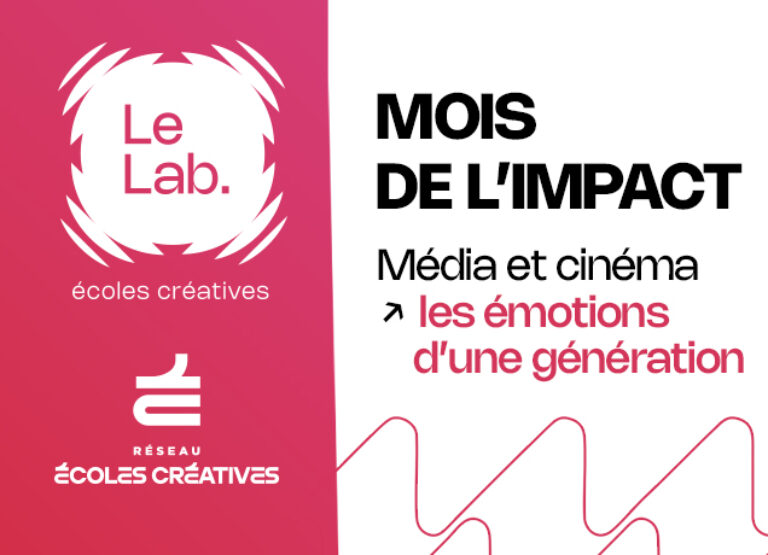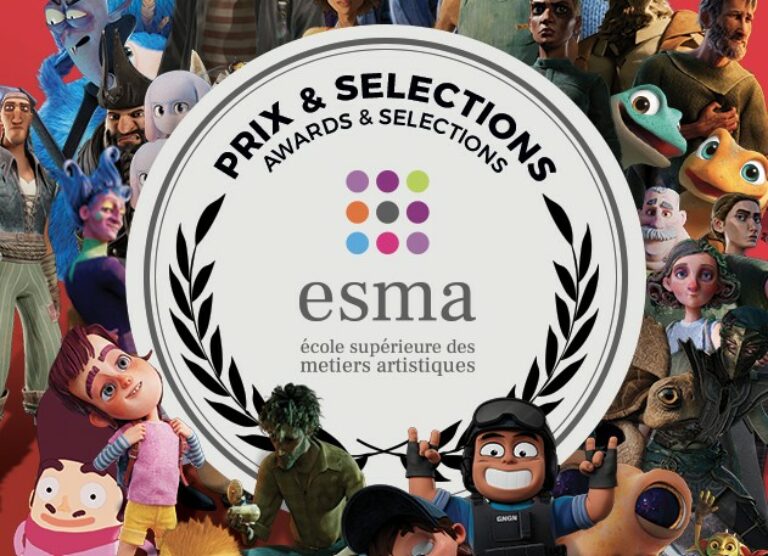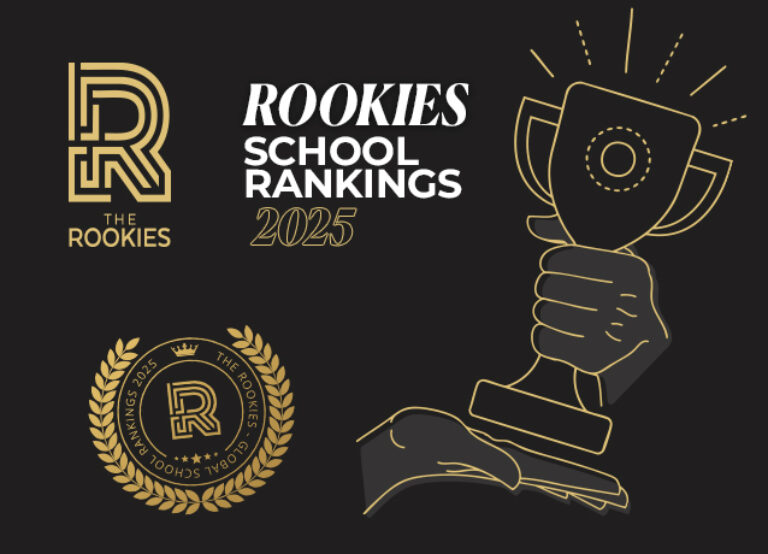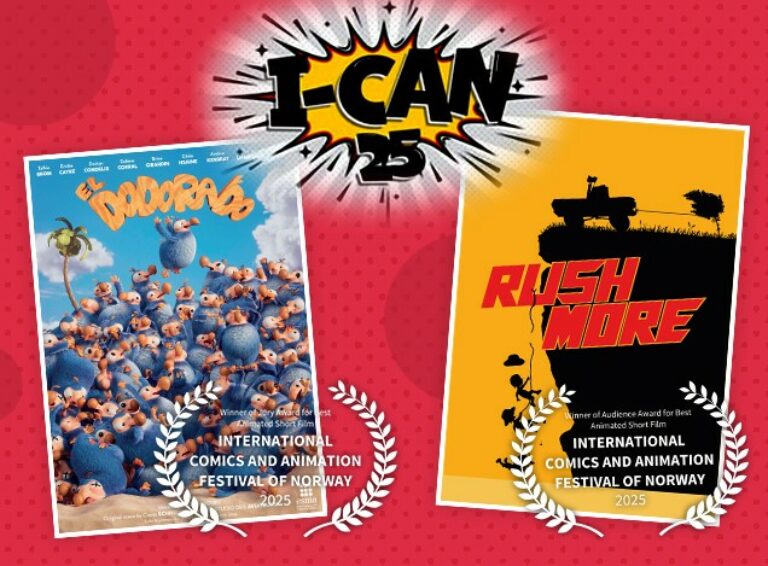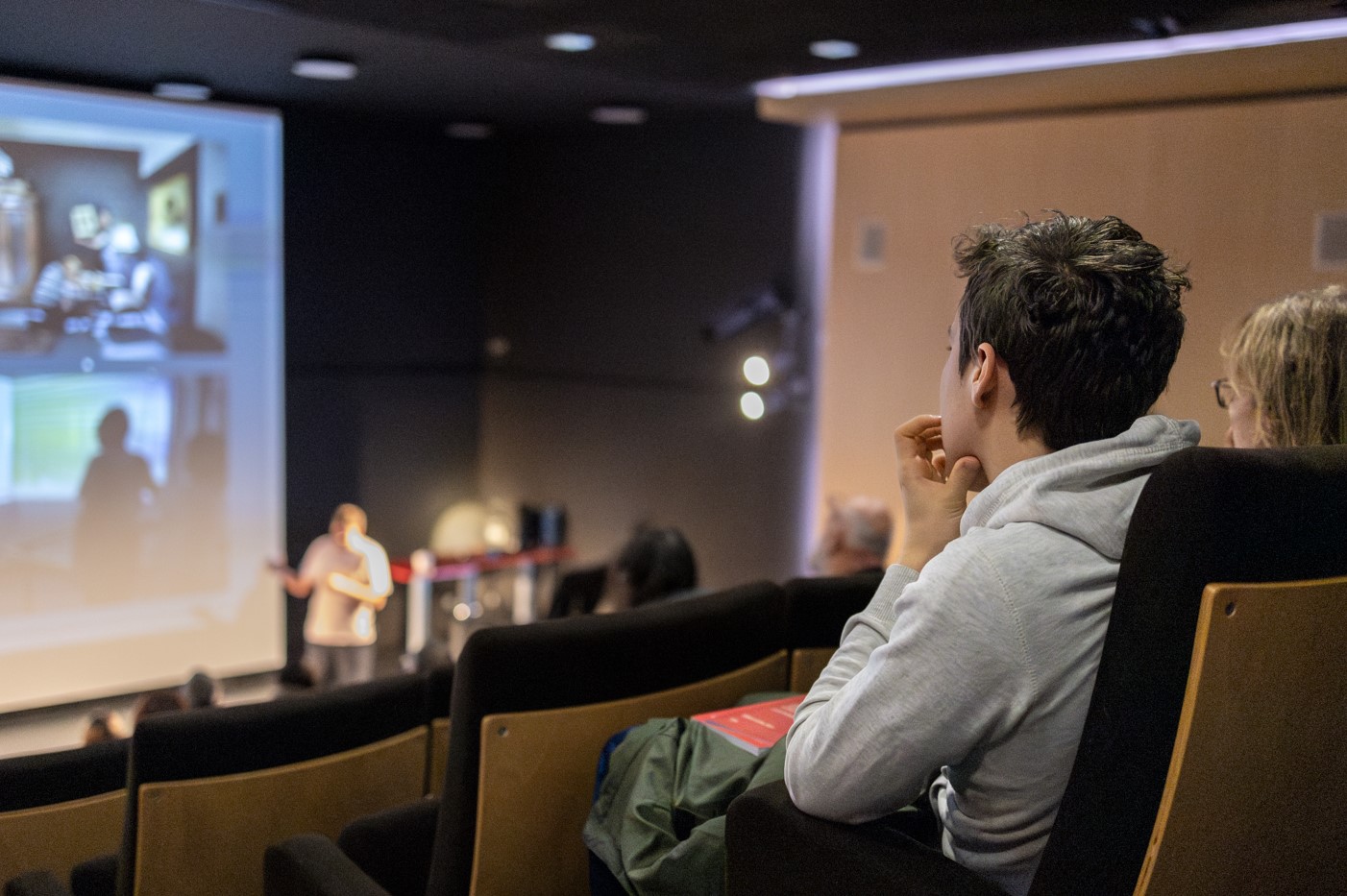
- Published 02.17.2025
- type Thematic news items
- Training 3D Animation & FX
3D animation is no longer just a tool for visual storytelling; it’s rapidly becoming the engine driving the future of digital content. With increasing demand in cinema, gaming, healthcare, marketing, and education, the animation landscape is evolving fast. At the heart of this transformation are powerful trends—AI integration, real-time rendering, photorealism, and virtual experiences—that are reshaping not just how animations are created, but how we experience them.
Why 3D Animation has a bright future?
Game changing trends in 3D Animation
Artificial intelligence is quietly revolutionizing animation. It can now generate facial expressions, simulate crowds, and even automate complex movements based on natural behavior. New tools like Meshy and Magnifi streamline production by reducing manual steps, and OpenUSD is emerging as a collaborative file format allowing multiple teams to work across platforms without compatibility issues.
Meanwhile, rendering engines like Unreal Engine and Unity are enabling real-time production workflows. What once took hours to render can now happen in seconds. These tools aren’t just for games anymore—they’re now powering major studio projects like The Mandalorian and even hybrid films blending animation with live-action.
Deeper realism and immersive experiences
Animation is no longer confined to a screen. Thanks to stereoscopic 3D and virtual reality, audiences can now step into the story. You’re not just watching a scene unfold—you’re inside it. With improved lighting, texture realism, and motion physics, today’s animations blur the line between digital and physical reality.
Films like Avatar 2 and shows like The Mandalorian are early examples of what’s possible when photorealism meets 3D creativity. Virtual production stages, where actors perform against real-time rendered backgrounds, are fast becoming the new norm.
Personalized and interactive storytelling
Another exciting direction is personalization. Thanks to algorithmic advancements, it’s now possible to tailor cinematic experiences. Visuals can shift styles. Dialogue can adapt. Even storylines can branch depending on your choices. This brings us closer to the dream of interactive, choose-your-own-adventure movies—with AI ensuring the transitions feel seamless.
These advancements could mean every viewer has a slightly different experience, tailored to their preferences, emotional responses, or even past interactions. It’s no longer one story fits all—it’s one story, told a thousand different ways.
How indie creators are shaping the industry
Gone are the days when only big studios could afford 3D animation. Tools like Blender and Unreal Engine have democratized production. Talented creators are now posting full-fledged animated shorts and series with just a few people—or even solo.
A powerful example is Kane Pixels’ viral horror film on The Backrooms, entirely created in Blender. Likewise, the hit Netflix series Arcane showcases what’s possible when world-building meets cutting-edge 3D design. Another standout is Love, Death & Robots, known for delivering stunning visuals and complex storytelling in short formats.
AI and the future of creative work
Of course, the rise of AI also raises valid concerns. Will it eliminate creative jobs? Could it reduce the human touch in storytelling? Schools like ESMA are already addressing these questions through conferences and ethics-focused modules like Le Lab, helping the next generation of artists balance innovation with responsibility.
While AI might change workflows, it’s unlikely to replace animators entirely. Instead, it’s pushing the industry to evolve—requiring artists to develop new technical skills while still holding onto their creative instincts.
FAQ: The Future of 3D Animation
Is there a future in 3D animation?Absolutely. From Hollywood blockbusters to VR simulations in medicine and education, 3D animation is growing fast and diversifying in applications.
Will 3D animation be replaced by AI?
Not replaced—enhanced. AI speeds up repetitive tasks, but creativity, storytelling, and emotional nuance still need a human touch.
Is 3D animation in high demand?
Yes. The industry is expected to grow by over 11% annually through 2028, with demand spreading across entertainment, advertising, and tech.
Is 3D animation a stable career?
It’s becoming more stable and accessible. As tools become more affordable and remote work rises, opportunities are expanding beyond major studios.
Are animators losing jobs because of AI?
Some roles are shifting, but not vanishing. New positions are emerging that combine artistic vision with technical know-how—creating hybrid job paths.
